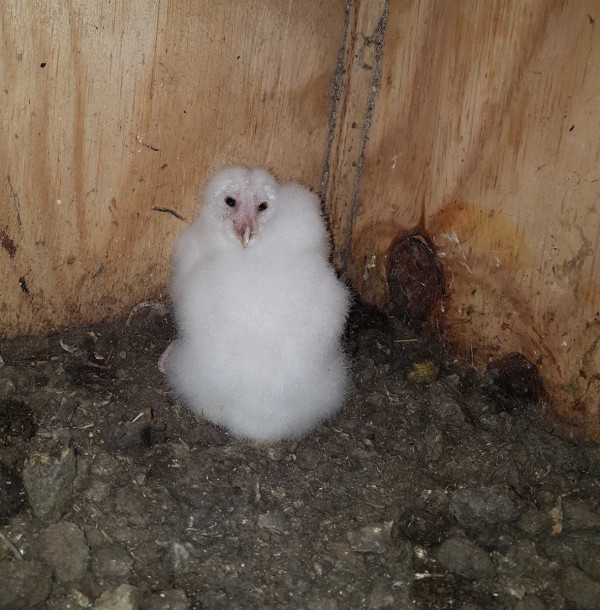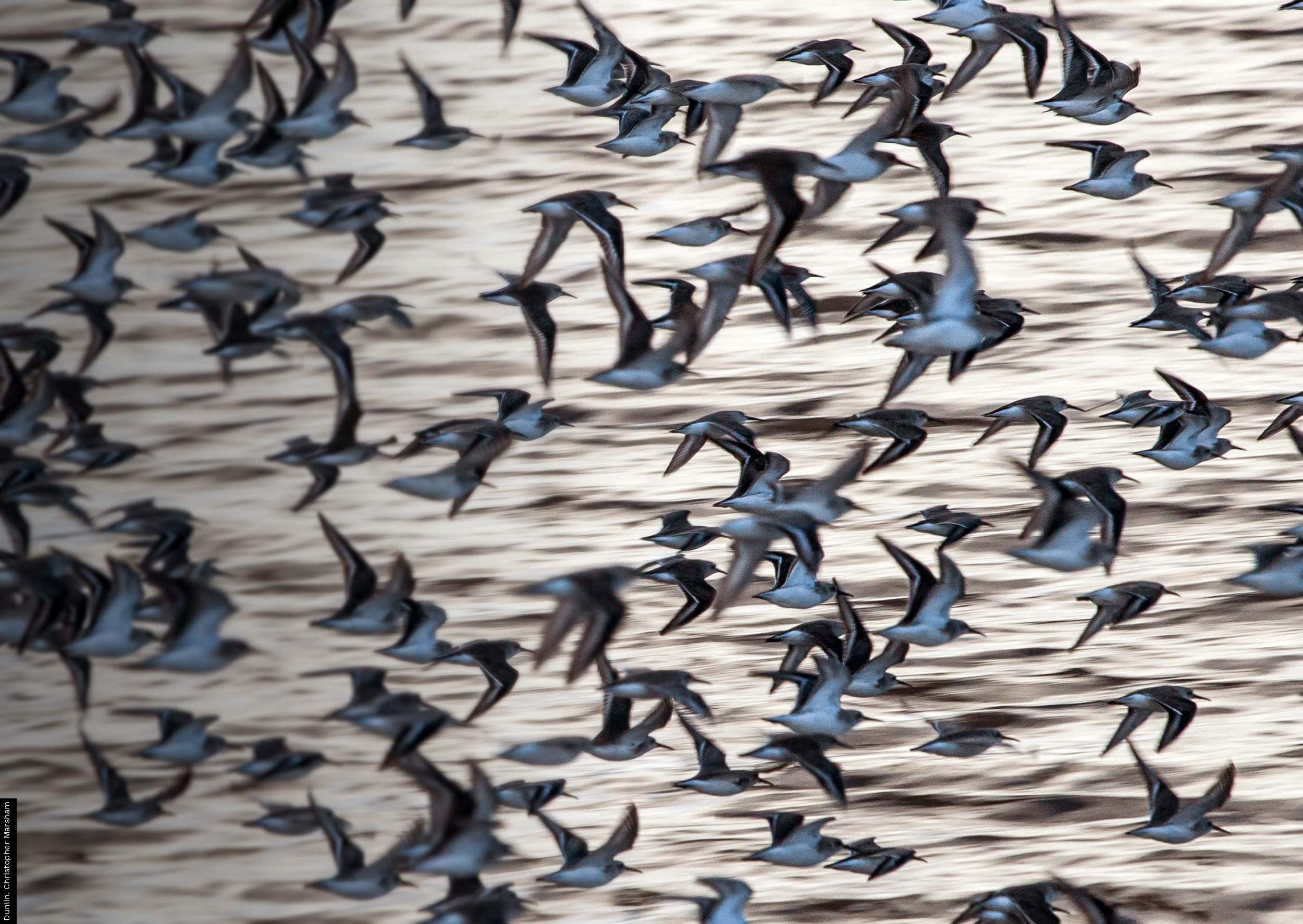Barn Owls in 2020: an update from Colin Shawyer
23 Mar 2021
Widely recognised for his work on the study and conservation of owls and raptors, biologist and professional ecologist Colin Shawyer has collaborated with the BTO on projects such as Project Barn Owl (1995–97) and the Barn Owl Monitoring Programme (2000–09). As founder and co-ordinator of the Barn Owl Conservation Network (BOCN), Colin is in contact with Barn Owl ringers and nest recorders across the country and oversees the annual monitoring of over 3,000 nest boxes.
2020 summary
The date when Barn Owls laid their first egg (first egg date) in 2020 varied widely, from early April to July, however, for most pairs, clutches were started earlier than normal, in the second week of April and for others, this extended into early May. Clutch sizes at this time were within the normal range of between four and six, but by mid-May clutch depletion and the deaths of recently hatched young, were largely responsible for the low numbers of Barn Owls that eventually fledged from nests in 2020.
Early egg laying is normally indicative of a successful breeding outcome, but as well as high levels of brood depletion in 2020, many pairs that had attempted to breed were unsuccessful with nests being abandoned part way through incubation or soon after hatching. Other non-breeding pairs remained present at their nest sites into late June, although for many females, wing moult had already commenced and this, together with their relatively low body weights, confirmed that late breeding would not be attempted by these birds in 2020.
For a feW pairs that had failed to raise young earlier in the year, repeat clutches of six to nine eggs were not uncommon at this time. Most of the eggs from these late clutches hatched successfully, but all was about to change, and by late-September and October dead three to six-week-old young were being found at many abandoned nests.
In direct contrast to the rest of England, Northumberland, like other northern counties including some areas of southern Scotland, recorded large clutch and brood sizes which culminated in the most productive Barn Owl breeding season on record with six to eight young fledging from some nests. This success appears to have extended, albeit at a decreasing level, southwards in the north-western counties of England and parts of Wales; however, although in these regions many more nests successfully produced young, the number of chicks which eventually fledged (2.0) was not dissimilar to that recorded in other regions of England.
Thoughts for 2021 and comparisons with previous years
Back in 2014, a year when field voles in much of England were at a high peak of abundance, the BTO Ringing Scheme recorded the highest breeding success on record for Barn Owls. With an average frequency of 3.4 years between the peaks and troughs in vole abundance (Shawyer, 1987) it was predicted (but is yet to be demonstrated) that in 2021, seven years later, Barn Owl breeding would once again attain a high level of success (Shawyer, 2014). Conversely, the poorest Barn Owl breeding season on record occurred a year earlier in 2013 and I might, perhaps, have forecast that in 2020 breeding success throughout much of England would result a similar low to that seen recorded seven years earlier. In the event this is likely to be substantiated by the ringing totals yet to be reported by the BTO for 2020.
It could reasonably be concluded that results in 2020 were affected by the nest monitoring restrictions imposed by Covid-19 in the early part of the year; however, between the months of June and September most Barn Owl nest recorders I liaised with confirmed that they had been able to monitor most of the sites they would normally visit.
In summary, England as a whole, is likely to have recorded the poorest Barn Owl breeding season on record in 2020, but if the prediction I made in 2014 (which is based on knowledge of the cyclical frequency in field vole abundance) turns out to be correct, then things could be expected to bounce back in 2021. I believe that adult survival rates will have remained high this winter and in contrast to the poor breeding success experienced in 2020, most Barn Owl pairs will breed successfully and produce higher than average numbers of young to fledging.
Colin Shawyer
January 2021
Barn Owl Conservation Network founder and co-ordinator, UK and Ireland
References
Shawyer, C. R. (1987) The Barn Owl in The British Isles: Its Past, Present and Future. The Hawk Trust, London.
Shawyer, C. R. 2014. Update on breeding season. Adopt a Box News, 44. The Hawk and Owl Trust, Taunton






Share this page